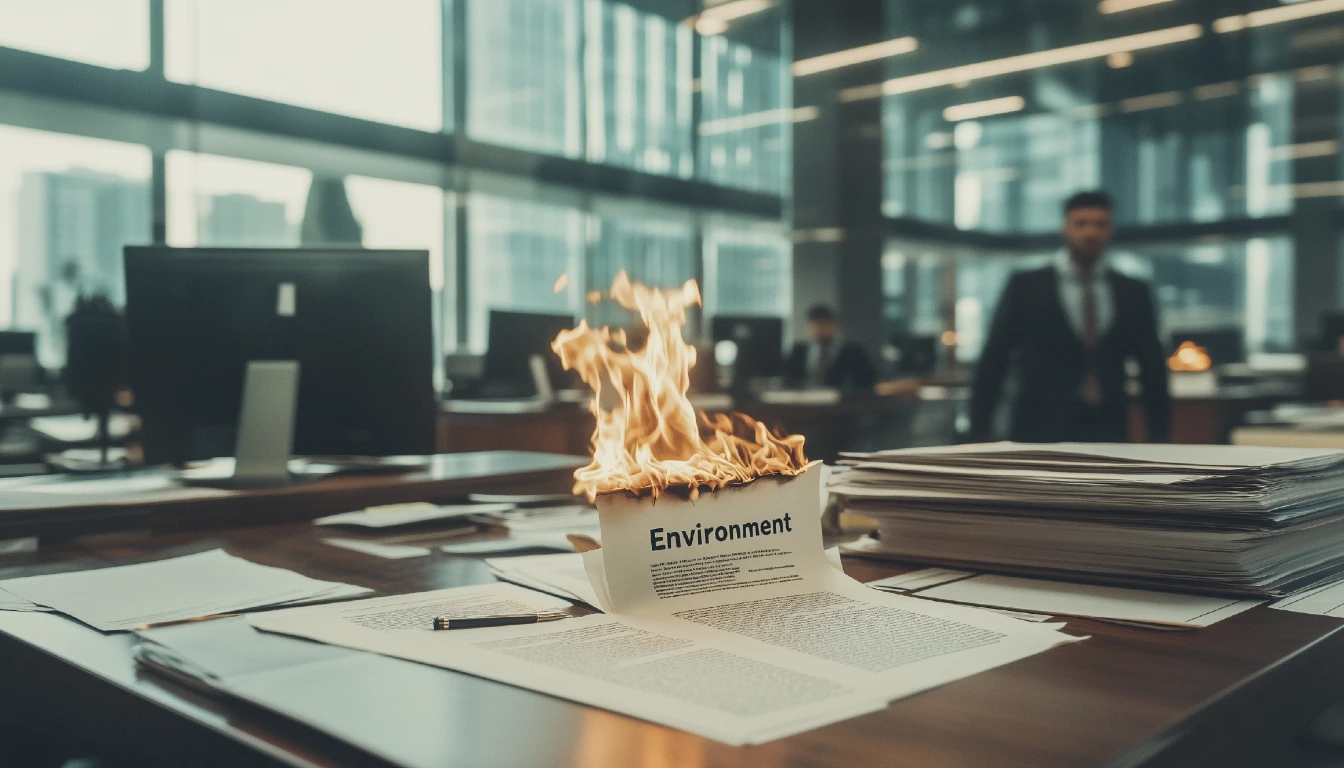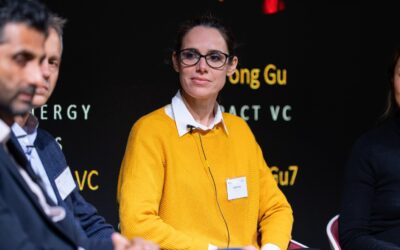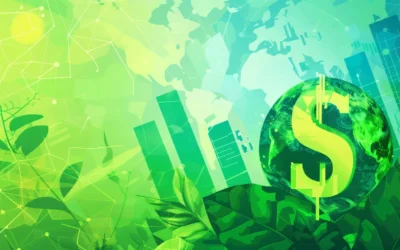Opinion by Daniele Viappiani, Venture Capital Investor at GC1 Ventures
On January 20th, President Donald Trump signed one of his first executive orders, decreeing the immediate withdrawal of the United States from the Paris Agreement. This decision, paired with another executive order concerning the end of “the electric vehicle mandate,” has left many environmental investors questioning the future of environmental stewardship and the sustainability sector. Will these changes dampen enthusiasm for sustainable investments, or is there still hope for a thriving low-carbon economy?
The short answer is that that current trajectory does not indicate an imminent crisis . Shifts in policy concerning the environment are cyclical, and the United States is actually a case in point as during President Trump’s first term, the U.S. exited the Paris Agreement in 2017, only to rejoin under President Joe Biden in 2021. These swings are emblematic of the cyclical nature of environmental policymaking. While the latest executive orders may create short-term uncertainty, the overarching global trend is fully in motion and driving decidedly toward a low-carbon future propelled by numerous factors. Among the forces underpinning this move are technological advancements, the appeal of ever more affordable renewable energy, and a heightened awareness of climate-related risks caused by high-profile, devastating extreme weather events.
Another reason sustainable investments are not immediately at risk is that in recent years the reliance on government subsidies has significantly decreased for some types of technologies, especially those that have reached grid parity. Wind, solar, and other renewable energy sources have for example become acknowledged as some of the cheapest forms of power generation globally making them appealing investment opportunities. As a result, reports show that in 2024, 21% of all venture capital (VC) dollars in European technology went to sustainability-driven companies (compared with 11% in the US). More specifically, onshore wind and solar are the cheapest new-build alternatives for electricity, As global demand for electricity is set to grow in 2025, in part driven by power-guzzling AI technology, the share of renewables in the global electricity supply is also projected to reach 35% in 2025 from 30% in 2023.
Although the last three years have seen a dip in VC investment in cleantech, there are specific technologies that more than buck the trend: AI-led climate ventures raised US$1 billion more in the first three quarters of 2024 than they did in all of 2023, and technology for climate adaptation and resilience stood features in 28% of climate tech deals in 2024.

Daniele Viappiani
“Environmental capital flows are likely to shift toward markets that demonstrate stability and commitment to environmental, social, and governance (ESG) principles.”
Across the globe there are reports that VC interest in sustainable startups is on the rise again. Specifically, businesses that are able to reach market competitiveness without subsidies will be winners, if they are able to reach scaling point. Within this scenario two types of investments are likely to continue to dominate interest: those on technologies that compete with traditional solutions and those in breakthrough technologies.
Even without supportive federal policies, the industry is proving to be resilient. Investors looking to invest in cleantech can focus on companies with sound business models that are not overly dependent on government incentives.
While a rollback of climate policies in the US may appear to be a setback, it could also contribute to creating more opportunities for other regions.
Environmental capital flows are likely to shift toward markets that demonstrate stability and commitment to environmental, social, and governance (ESG) principles. The UK and Europe, for instance, have managed to achieve a degree of cross-party consensus on climate action, creating a more stable humus for sustainable startups and investments. Cities and regions with eco-friendly startup clusters may attract businesses and capital that might have otherwise remained in the US. In the EU, for example, the European Commission is launching the European Smart specialization platform on energy, which will support regions and Member States in using Cohesion Policy funding more effectively for promoting sustainable energy. The UK, on the other hand is leading the surge of AI-based cleantech with a 24% increase in investment, reaching £4.5bn in 2024.
For environmental investors, the path forward requires a combination of patience and strategy. While short-term policy shifts can create uncertainty, long-term market dynamics favor sustainable businesses. To navigate this environment, they should focus on identifying businesses with established demand and scalability. Companies that thrive on market forces rather than government handouts are more likely to weather political changes. From a geographical perspective too, diversifying investments to include companies and regions with favorable policy environments, such as the UK, EU, and parts of Asia, could prove a reliable strategy.
The withdrawal from the Paris Agreement and the professed abandoning of clean energy policies may feel like setbacks for cleantech investment, but they do not signify the end of environmental stewardship. The global momentum toward sustainability is driven by more than just government policies. Market forces, technological advancements, and consumer sensibilities have created a solid foundation for sustainable businesses.
For environmental investors, the key is to remain adaptable and forward-thinking. By focusing on innovative, market-driven businesses and exploring opportunities in regions committed to sustainability, they can continue to support the transition to a greener future. Environmental stewardship is far from dead—it is simply adapting to meet the challenges and opportunities of the time.




